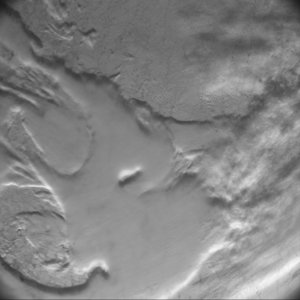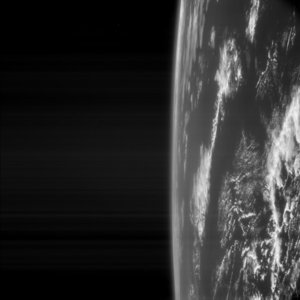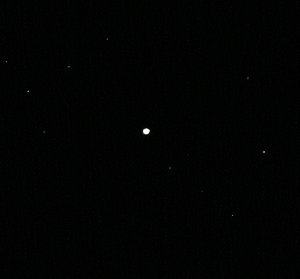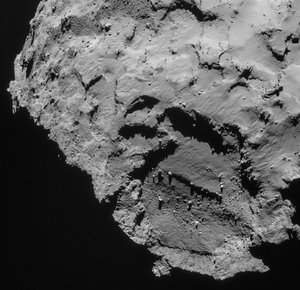
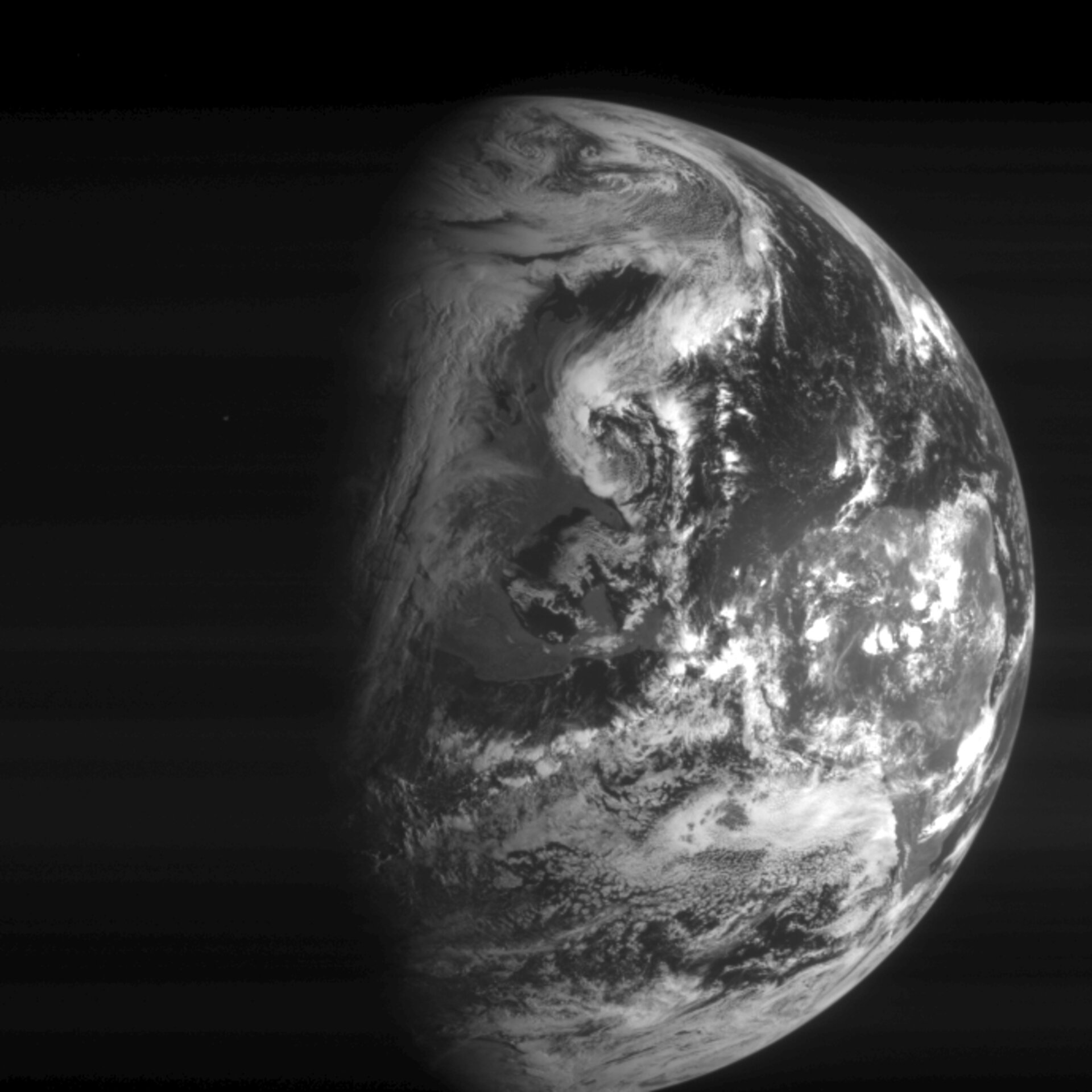
Rosetta navigation camera image of Earth
A cloud-covered North America was captured at 14:03 UTC (15:03 CET), when Rosetta was at a distance of approximately 224 000 km from Earth's centre by Rosetta's navigation camera (navcam).
The navcam is used for precise determination of the orbit and optical visualisation. The output of the camera tells you where the centre of the object that is in the centre of the field of view is - it also gives physical parameters of the object.
The photos were taken to test the camera's operation with a large physical obejct. Previously, Steins was also imaged, but it is rather small (about 5 km across). Next year, the camera will be used to view Lutetia, which is much larger (about 95 km across). In the camera field of view, Lutetia shoudl appear about as large as the Earth looks in these images.

